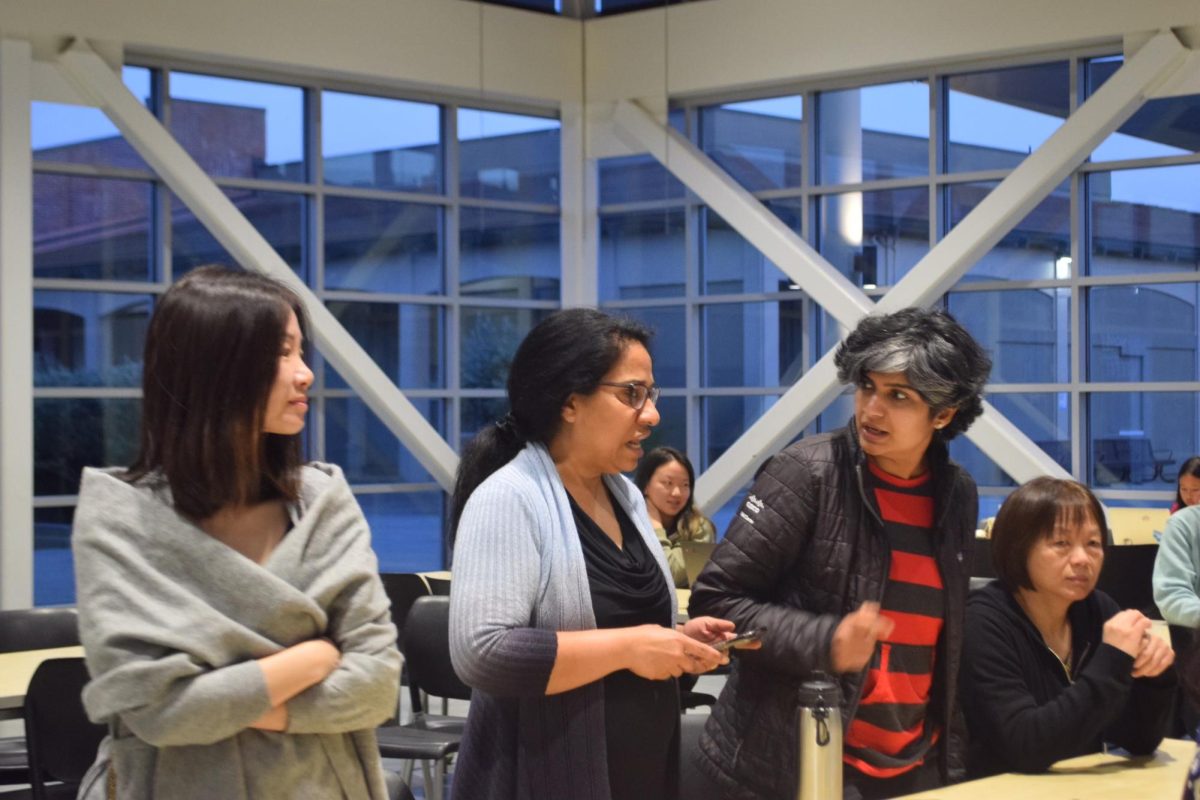At first glance, most would think STEM and journalism are incompatible. After all, they are different fields with different qualifications, and have people of different backgrounds and different interests. In almost any depiction of a high school in a novel or film, a student can be either an innovative scientist or a skilled journalist—but rarely both. However, ever since the student-run science and technology magazine Res Novae was established three years ago, it has challenged that stereotype.
“Our goal is to take things in science and technology and approach them from a MVHS student perspective,” club president senior Kevin Li said.

Every four weeks, an online issue is published with new articles about topics and developments in science and technology that would be of interest to MVHS students, such as newest improvements or discoveries in biology, medicine, psychology and gadgets. To accomplish this, staff members are expected to brainstorm and formulate ideas for the upcoming issue during the first week of the process, complete rough drafts by the second, receive and resolve feedback from editors during the third and have their articles ready to be published by the fourth and final week. Each online issue is then publicized and promoted through the publication’s email newsletter and its Facebook page.
This year, as president of Res Novae, Li plans to coordinate with the editors and fellow officers to regulate the monthly article process, organize club events and fundraisers, make sure the magazine gets promoted and implement a few changes into the production cycle.
“For online, it’s a little bit different this year. We’re working on getting our writers more involved,” Li said. “This year, we want to have some sort of workshop every week where we teach them new skills they can use for their writing, and we also split them into groups to work on […] either brainstorming or giving each other feedback on their articles.”
In addition to the monthly online issues, there will be a print issue coming out in May. The print issue consists of the writers’ best articles of the year. Staff writers consult the editors individually to discuss the headline and design for the story, and the media officers are in charge of creating a design for the magazine.
“That’s how it worked last year,” Li said. “This year, since we have a larger staff and we’re making it more organized, we want everything in the print magazine to be new content.”
For junior Bhavna Sud, her role in improving the magazine as a returning staff writer is to help new writers by showing them her previous work as an example, teach them interview techniques and explore new topics for herself this year.
“My individual goal is just to become a better writer and to explore more topics,” Sud said. “Last year, I wrote a lot about science, but I want to explore more math[-oriented] developments this year.”
Meanwhile, as media officer this year, junior Carolyn Duan will work to provide infographics, visuals and, occasionally, drawings to accompany the writers’ articles. Though she is one of the newer members on staff, she hopes to improve the magazine’s selection of visuals and enhance her own skills.
“I’ve never had any experience designing art for something that’s science-y and tech-y,” Duan said, “so that’ll be something new for me, and I’m excited to improve.”

With double the amount of applicants this year compared to the last, the club aims to make these changes with the goal to increase the quality and quantity of content, make staff members more involved and reach out to more of the school’s population. Through these modifications and the individual goals set by new and returning staff members, Res Novae hopes to continue to grow as a publication.
“I want to make sure that by the time I leave this club this year, we’re in a relatively stable position and we can continue our growth in the future,” Li said. “I want to make sure that this year, through our workshops and in-person activities, we can keep as many as those writers involved in the club as possible.”







